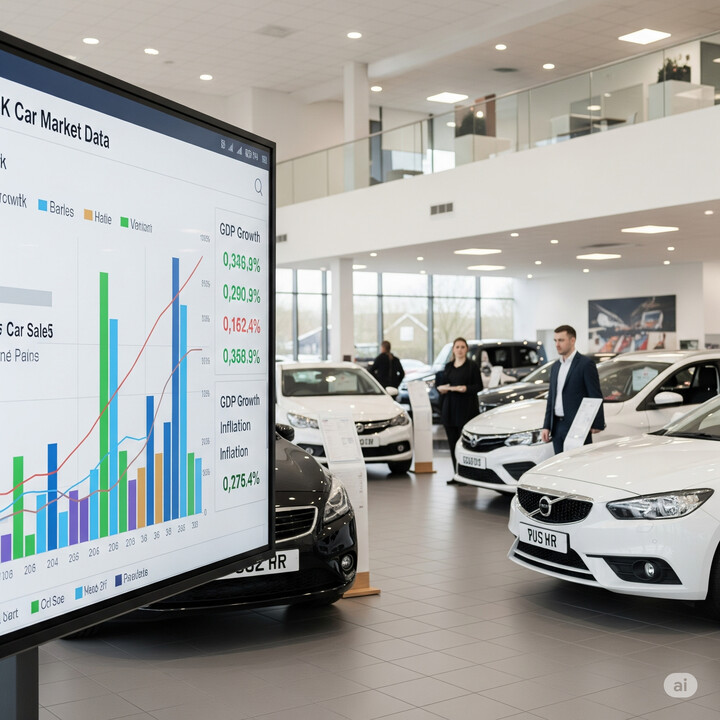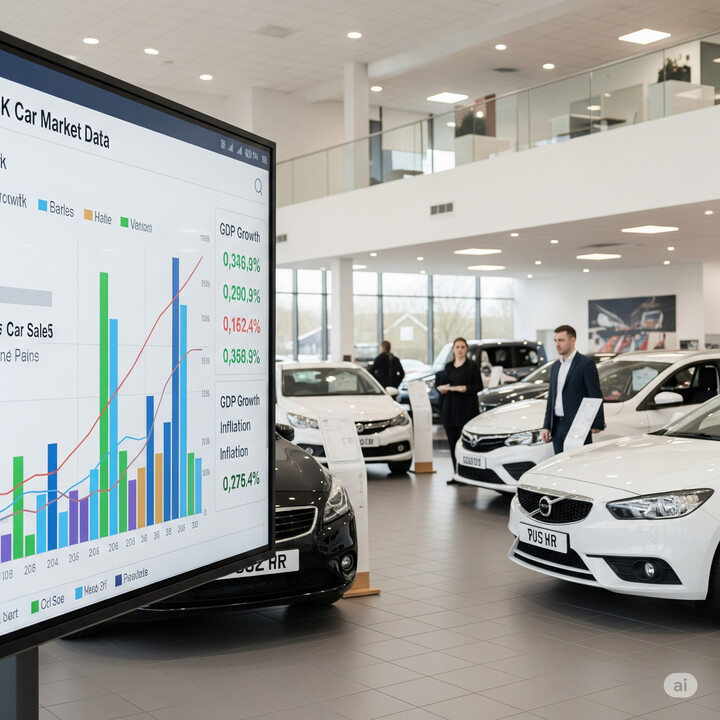
MERCEDES-BENZ CLA ELECTRIC (2025-)
The Mercedes-Benz CLA Electric (2025-) is a stylish and innovative addition to the compact executive car market, appealing especially to those looking for a sleek, environmentally friendly ride. This all-electric hatchback is designed to deliver a blend of advanced technology, attractive design, and practical functionality, making it ideal for city commuting, daily driving, or even small family outings. Its modern silhouette and premium interior make it stand out among rivals, while the electric powertrain ensures smooth, quiet operation and reduced running costs—perfect for eco-conscious drivers.
Known for its high-quality build and sophisticated features, the Mercedes-Benz CLA Electric (2025-) is tailored to individuals who seek a premium experience without compromising on efficiency. With a favorable average valuation around £42,087 based on recent used car data, it represents an attractive option in the used electric vehicle market. The car’s reputation for reliability and comfort, combined with its competitive edge in style and technology, makes it a standout choice for urban dwellers, first-time electric adopters, or anyone wanting to enjoy the benefits of electric mobility with the prestige of the Mercedes-Benz brand.

average use

The data indicates that for Mercedes-Benz CLA Electric vehicles manufactured from 2025 onwards, the most recent mileage readings are exclusively within the 0 to 10,000 miles range. This suggests that all sampled vehicles are relatively low-mileage, likely reflecting their recent manufacture or low usage rates. Such data is helpful for assessing the typical mileage levels for this specific model and year range in the current market.

vehicle values

The data indicates that for Mercedes-Benz CLA Electric (2025-), the majority of private sale prices fall within the £39,000 to £44,000 range. Specifically, approximately 85.8% of sales are between £39,000 and £44,000, with nearly equal distribution of 42.9% each in the £39,000–£40,000 and £43,000–£44,000 ranges, and a smaller portion, 14.3%, in the £42,000–£43,000 bracket. This suggests a relatively concentrated price band around £40,000 to £44,000 in the private sale market for this vehicle.

production years

The data indicates that all Mercedes-Benz CLA Electric vehicles in the sample are manufactured in 2025. This suggests that the model either began production in 2025 or that our dataset currently only includes vehicles from this year. Given the consistency, it appears to be a new or upcoming model lineup.

colour popularity

The data indicates that the most common main paint colour for the 2025 Mercedes-Benz CLA Electric is Black, accounting for 42.9% of vehicles. White follows as the second most popular at 28.6%, with Grey and Blue each representing 14.3%. Notably, Black and White together comprise over 70% of the vehicle colours, suggesting a preference for classic, neutral tones among buyers of this model. The relatively lower proportions of Grey and Blue indicate these colours are less favored but still present in the vehicle fleet.

ownership cycle

The data indicates that approximately 57.1% of the Mercedes-Benz CLA Electric (2025-) vehicles in the sample are registered to a single keeper, suggesting that a majority of these vehicles are likely being used by individual owners. Meanwhile, 42.9% have more than one registered keeper, which could include fleet vehicles, company cars, or vehicles with shared ownership. This relatively balanced distribution might reflect a mix of private buyers and commercial or fleet users in the market for this model.

engine choices

Based on the available data, all surveyed Mercedes-Benz CLA Electric vehicles from 2025 onwards are exclusively powered by electricity, with no information on engine capacity. This indicates a complete shift to electric propulsion within this model range, reflecting ongoing developments toward fully electric vehicles in this segment. The absence of engine capacity data further underscores the electric nature of these vehicles, as traditional engine sizes are less relevant for electric models.












